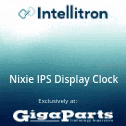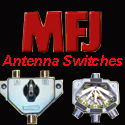The 2009 Philippine Amateur Radio Association Environmental HF Contest
Discussion in 'Contests, DXpeditions, QSO Parties, Special Events' started by 4D1N, Aug 23, 2009.
- Thread Status:
- Not open for further replies.
- Thread Status:
- Not open for further replies.










